The Design of Future Things
The Design
of Future Things

Donald A. Norman
 A MEMBER OF THE PERSEUS BOOKS GROUP NEW YORK
A MEMBER OF THE PERSEUS BOOKS GROUP NEW YORK
Copyright 2007 by Donald A. Norman
Hardcover first published in 2007 by Basic Books,
A Member of the Perseus Books Group
Paperback first published in 2009 by Basic Books
All rights reserved. Printed in the United States of America. No part of this book may be reproduced in any manner whatsoever without written permission except in the case of brief quotations embodied in critical articles and reviews. For information, address Basic Books, 387 Park Avenue South, New York, NY 100168810.
Books published by Basic Books are available at special discounts for bulk purchases in the United States by corporations, institutions, and other organizations. For more information, please contact the Special Markets Department at the Perseus Books Group, 2300 Chestnut Street, Suite 200, Philadelphia, PA 19103, or call (800) 2551514, or e-mail .
Designed by Timm Bryson
Set in 11.5 point Minion
Library of Congress Cataloging-in-Publication Data
Norman, Donald A.
The design of future things / Donald A. Norman.
p. cm.
Includes bibliographical references and index.
ISBN-13: 978-0-465-00227-6
ISBN-10: 0-465-00227-7
1. Design, IndustrialPsychological aspects. 2. Human engineering. I. Title.
TS171.4.N668 2007
745.2dc22
2007035377
Paperback ISBN: 978-0-465-00228-3
10 9 8 7 6 5 4 3 2 1
BOOKS BY DONALD A . NORMAN
Textbooks
Memory and Attention: An Introduction to Human Information
Processing. (First edition, 1969; second edition 1976.)
Human Information Processing. (With Peter Lindsay: First
edition, 1972; second edition 1977.)
Scientific Monographs
Models of Human Memory. (Edited, 1970.)
Explorations in Cognition. (With David E. Rumelhart and the
LNR Research Group, 1975.)
Perspectives on Cognitive Science. (Edited, 1981.)
User Centered System Design: New Perspectives on Human-Computer Interaction. (Edited with Steve Draper, 1986.)
Trade Books
Learning and Memory, 1982.
The Psychology of Everyday Things, 1988.
The Design of Everyday Things, 1990 and 2002. (Paperback
version of The Psychology of Everyday Things.)
Turn Signals Are the Facial Expressions of Automobiles, 1992.
Things That Make Us Smart, 1993.
The Invisible Computer: Why Good Products Can Fail, the
Personal Computer Is So Complex, and Information Appliances
Are the Solution, 1998
Emotional Design: Why We Love (or Hate) Everyday Things, 2004
CD-ROM
First Person: Donald A. Norman. Defending Human Attributes in
the Age of the Machine, 1994.
Contents

Cautious Cars and
Cantankerous Kitchens

Im driving my car through the winding mountain roads between my home and the Pacific Ocean. Sharp curves drop off steeply amidst the towering redwood trees and vistas of the San Francisco Bay on one side and the Pacific Ocean on the other. Its a wonderful drive, the car responding effortlessly to the challenge, negotiating sharp turns with grace. At least, thats how I am feeling. But then I notice that my wife is tense: shes scared. Her feet are braced against the floor, her shoulders hunched, her arms against the dashboard. Whats the matter? I ask, Calm down, I know what Im doing.
Now imagine another scenario. Im driving on the same winding, mountain road, and I notice that my car is tense: its scared. The seats straighten, the seat belts tighten, and the dashboard starts beeping at me. I notice the brakes are being applied automatically. Oops, I think, Id better slow down.
Do you think the idea of a frightened automobile fanciful? Let me assure you, it is not. This behavior already exists on some luxury automobilesand more is being planned. Stray out of your lane, and some cars balk: beeping, perhaps vibrating the wheel or the seat or flashing lights in the side mirrors. Automobile companies are experimenting with partial correction, helping the driver steer the car back into its own lane. Turn signals were designed to tell other drivers that you are going to turn or switch lanes, but now they are how you tell your own car that you really do wish to turn or change lanes: Hey, dont try to stop me, they say to your car. Im doing this on purpose.
I was once a member of a panel of consultants advising a major automobile manufacturer. I described how I would respond differently to my wife than my car. How come? asked fellow panelist Sherry Turkle, an MIT professor and an authority on the relationship between people and technology. How come you listen to your car more than your wife?
How come, indeed. Sure, I can make up rational explanations, but they will miss the point. As we start giving the objects around us more initiative, more intelligence, and more emotion and personality, we now have to worry about how we interact with our machines.
Why do I appear to pay more attention to my car than to my wife? The answer is complex, but in the end, it comes down to communication. When my wife complains, I can ask her why, then either agree with her or try to reassure her. I can also modify my driving so that she is not so disturbed by it. But I cant have a conversation with my car: all the communication is one way.
Do you like your new car? I asked Tom, who was driving me to the airport after a lengthy meeting. How do you like the navigation system?
I love the car, said Tom, but I never use the navigation system. I dont like it: I like to decide what route I will take. It doesnt give me any say.
Machines have less power than humans, so they have more authority. Contradictory? Yes, but, oh, so true. Consider who has more power in a business negotiation. If you want to make the strongest possible deal, who should you send to the bargaining table, the CEO or someone at a lower level? The answer is counterintuitive: quite often, the lower-level employee can make the better deal. Why? Because no matter how powerful the opposing arguments, the weak representative cannot close the deal. Even in the face of persuasive arguments, he or she can only say, Im sorry, but I cant give you an answer until I consult with my boss, only to come back the next day and say, Im sorry, but I couldnt convince my boss. A powerful negotiator, on the other hand, might be convinced and accept the offer, even if later, there was regret.
Successful negotiators understand this bargaining ploy and wont let their opponents get away with it. When I discussed this with a friend, a successful lawyer, she laughed at me. Hey, she said, if the other side tried that on me, Id call them on it. I wont let them play that game with me. Machines do play this game on us, and we dont have any way of refusing. When the machine intervenes, we have no alternatives except to let it take over: Its this or nothing, they are saying, where nothing is not an option.


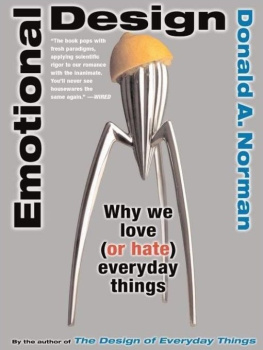
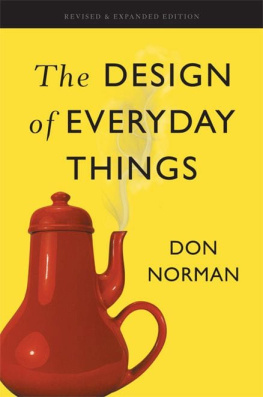
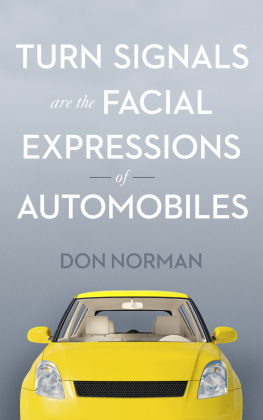


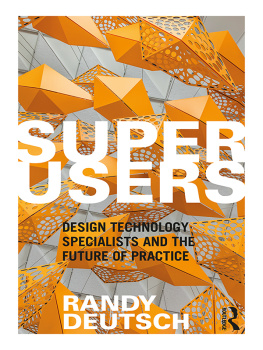
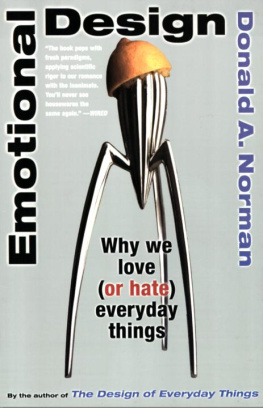

 A MEMBER OF THE PERSEUS BOOKS GROUP NEW YORK
A MEMBER OF THE PERSEUS BOOKS GROUP NEW YORK